Adding The One Per Cent
The devil is in the detail, and this is what the likes of Sharp, Willmott and Penning believe adds the final one per cent to their angling
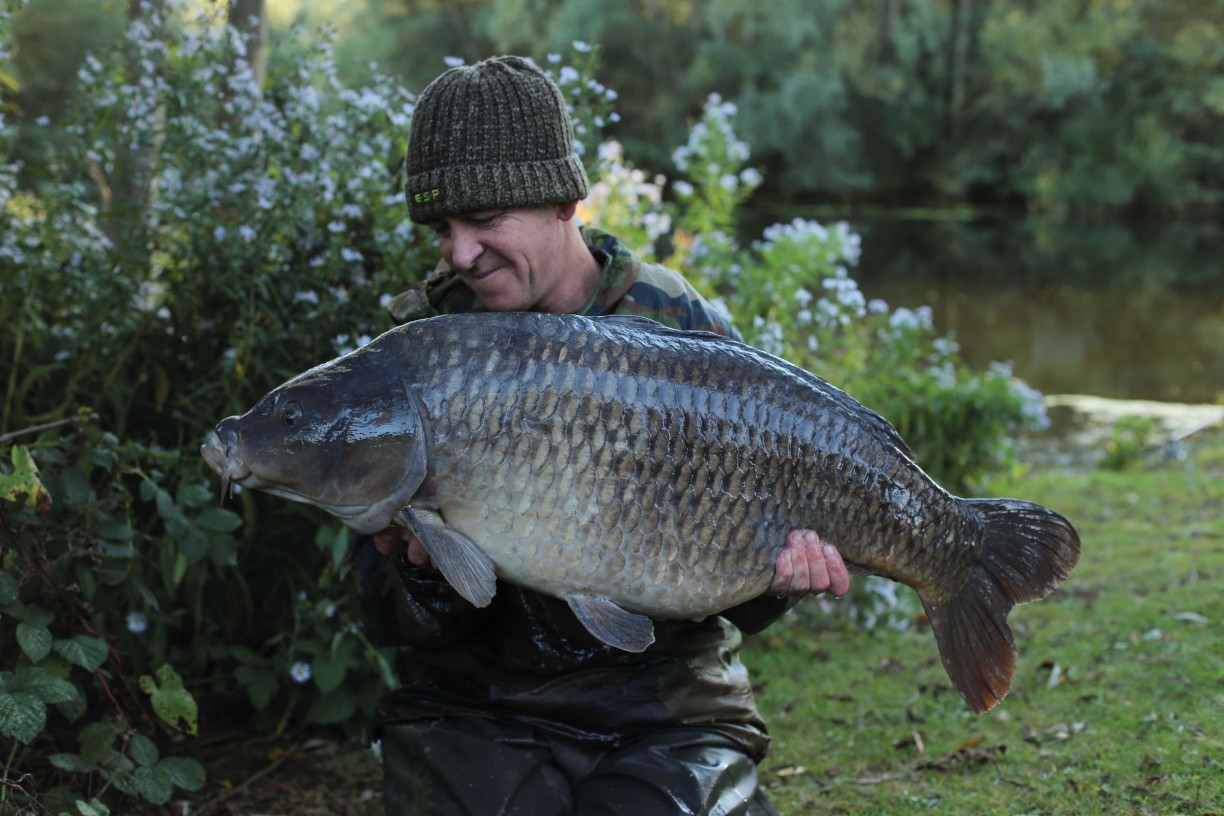
1. Terry Hearn
“This covers everything, from keeping a close eye on the weather to being aware of how conditions will change throughout my stay and knowing how they will affect the swim I have in mind—and that’s all before I’ve left the house. It also covers making sure I’ve got plenty of rigs tied, along with baits to cover every eventuality. The car is always loaded with plenty of spares, too, things like extra gas for the stove, UHT milk, even more tea bags, tins of food and dried rice should I want to stay on an extra night. Then there’s more bait, more catapults, an extra power pack, spare footwear, and a big pile of spare clothes. A mate once joked that the inside of my car resembled a corner shop, but it gives me peace of mind knowing I’ve got everything I might need, and I fish better for it. If, for whatever reason, I got stuck at the lake, which wouldn’t be a bad thing, I reckon I’d have enough in the car to survive a month!”
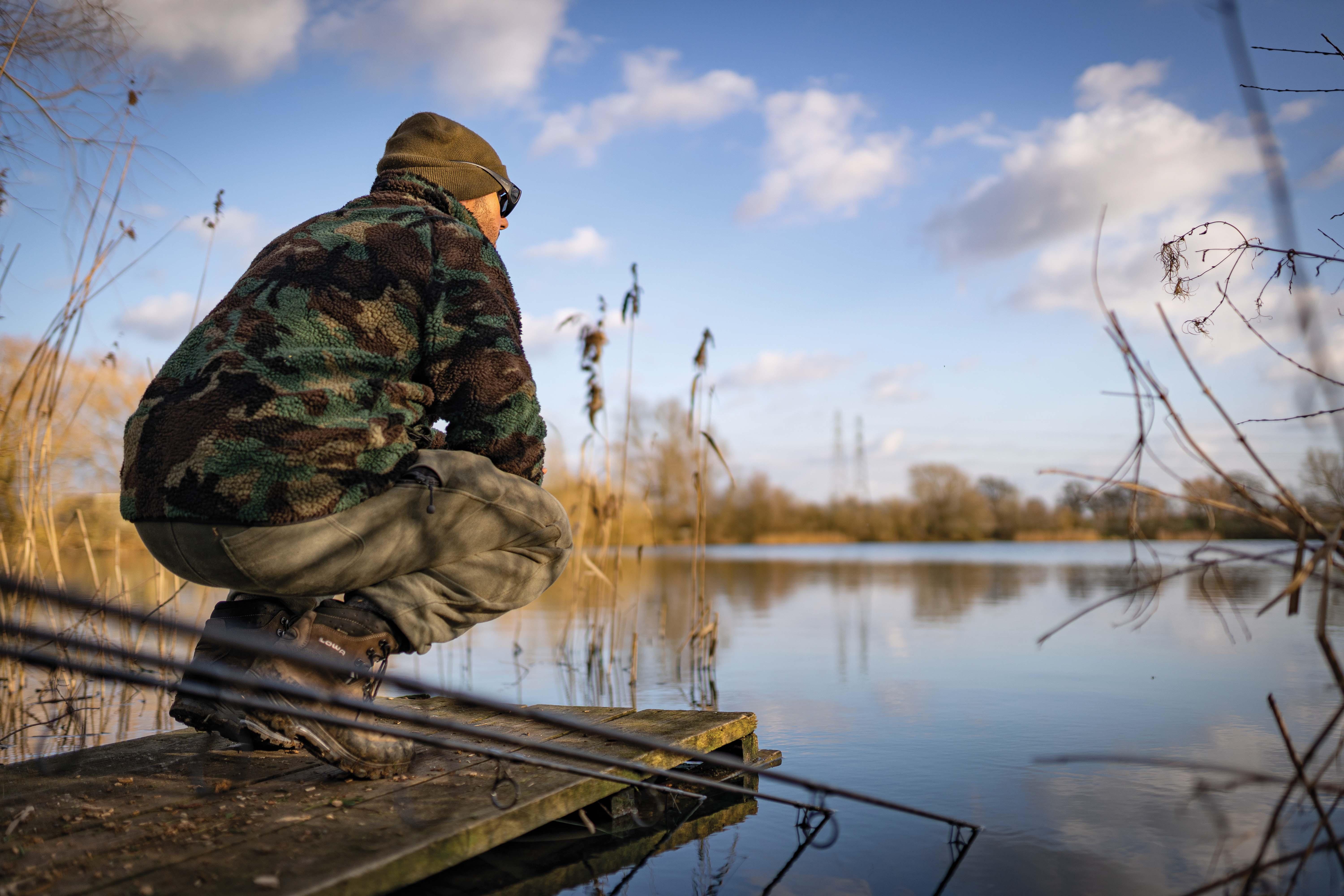
Adam Penning
“Successful carp fishing comes down to one key element: optical calories and visual awareness. With this in mind, and the fact that tech continues to envelope our lives, I make a concerted effort to only use my phone during darkness. You’d be amazed how many people miss important things by sitting there with the rods out, oblivious to what’s going on because they are scrolling through their phones.”
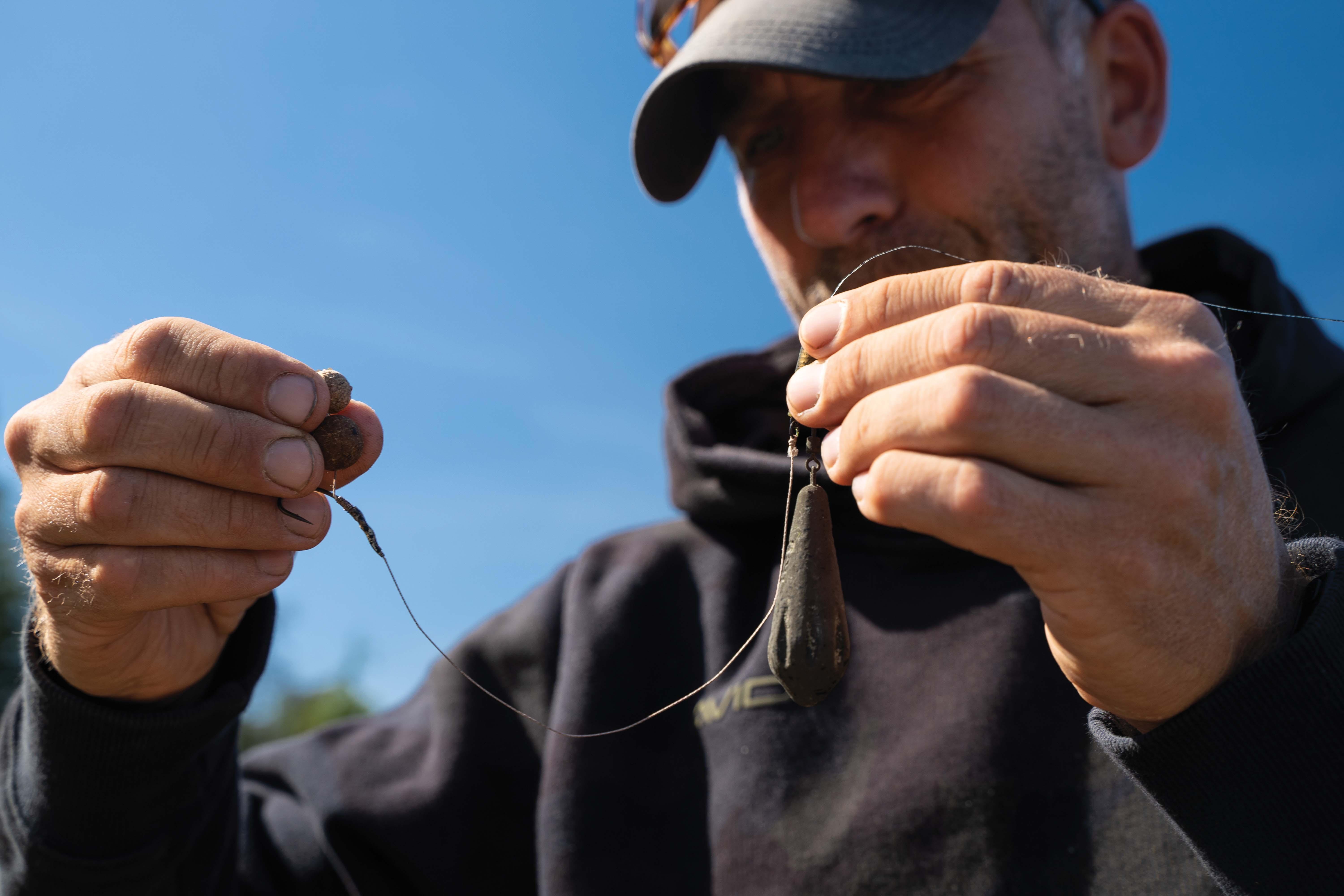
Simon Crow
“It sounds anal but I’m very conscious of anyone touching my rig. I always wash my hands in lake water, then break up a few baits and rub them in my hands. If anyone dares grab my rig before it goes out, then heaven forbid! They get a mouthful, and then I’ll go through the process of cleaning it as best I can, with lake water, or broken baits etc. Carp have very sensitive receptors, and I definitely think they repel at the smell of some anglers, like those who may have petrol on their hands, or those who vape, smoke or use soaps, creams and potions on their skin all the time. The last thing I want to do is cast out a rig that repels carp!”
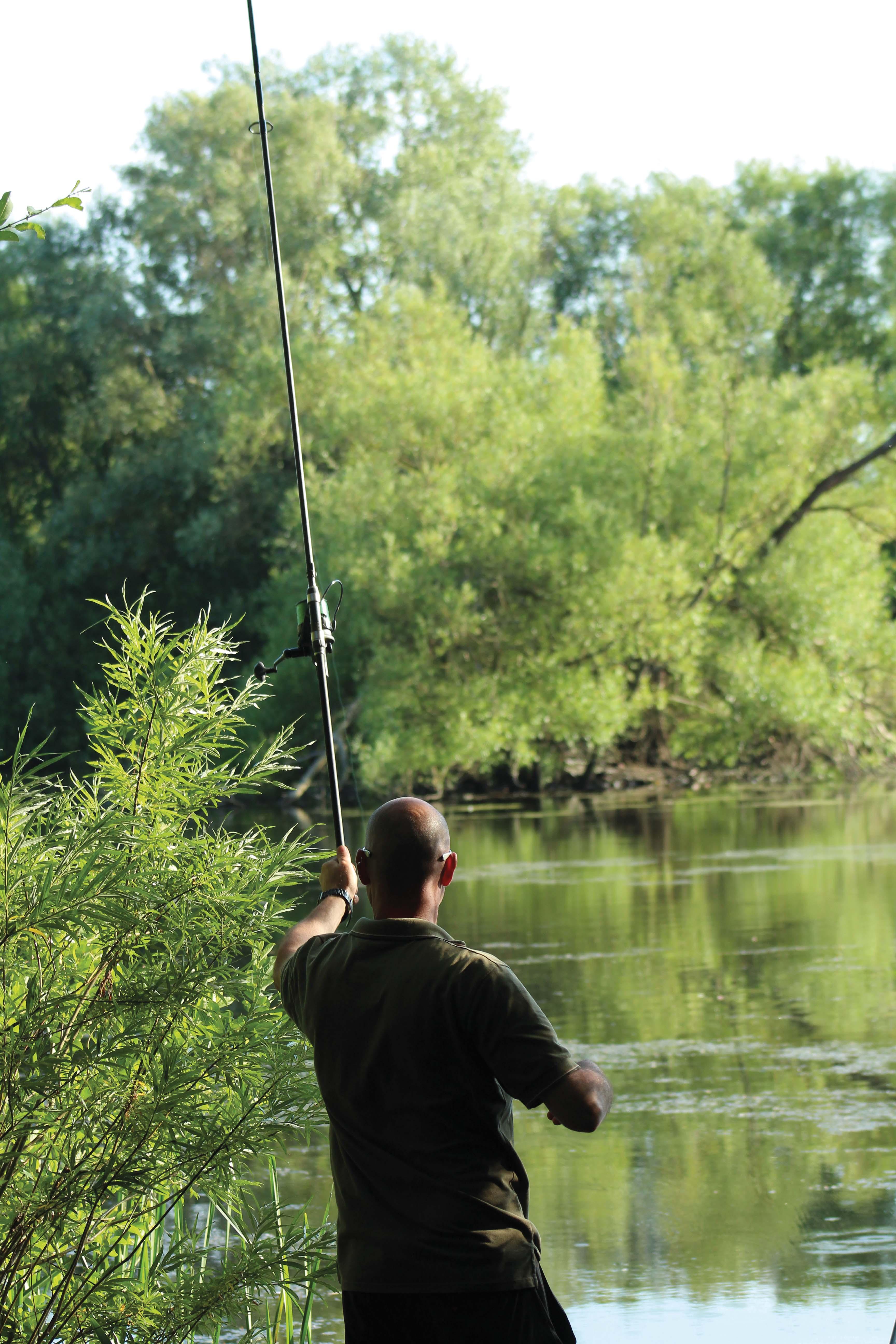
Matt Eaton
“I believe that sinking my line from the lead end, rather than my end (stood on the bank), provides an extra one per cent. Without letting the line go tight, I hold the tip as high as possible, before lowering it very slowly as it sinks towards me. Laying my line down like this helps it follow the contours and remain less obtrusive.”
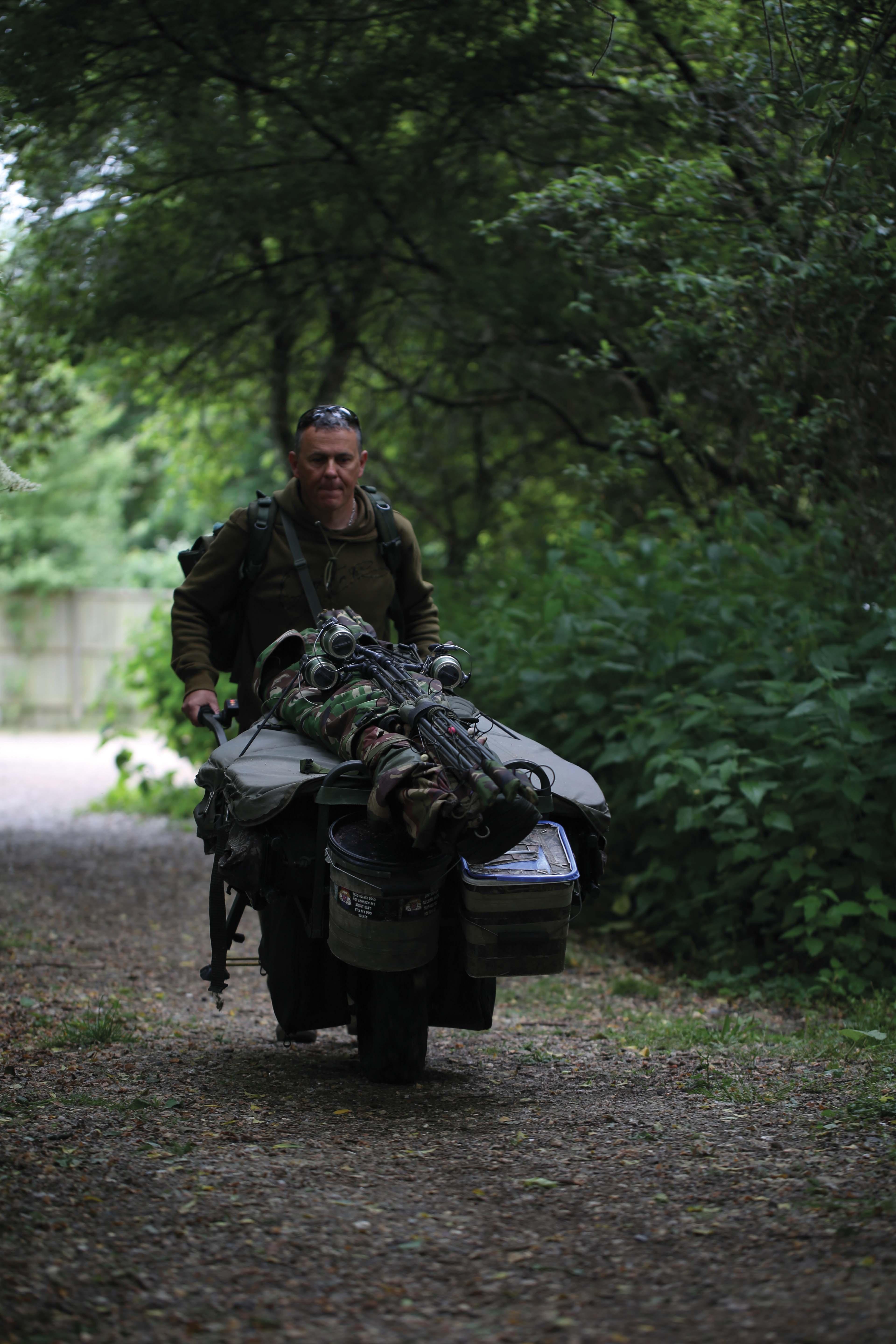
Nigel Sharp
“My greatest edge is being super organised. It’s to a point where once I walk out of my house and get in my car, I don’t have to stop at a shop or garage, and once I’m at a lake, I stay there for the entirety of my stay. By doing this, I can leave baits out for hours, even days, and don’t miss a thing.”
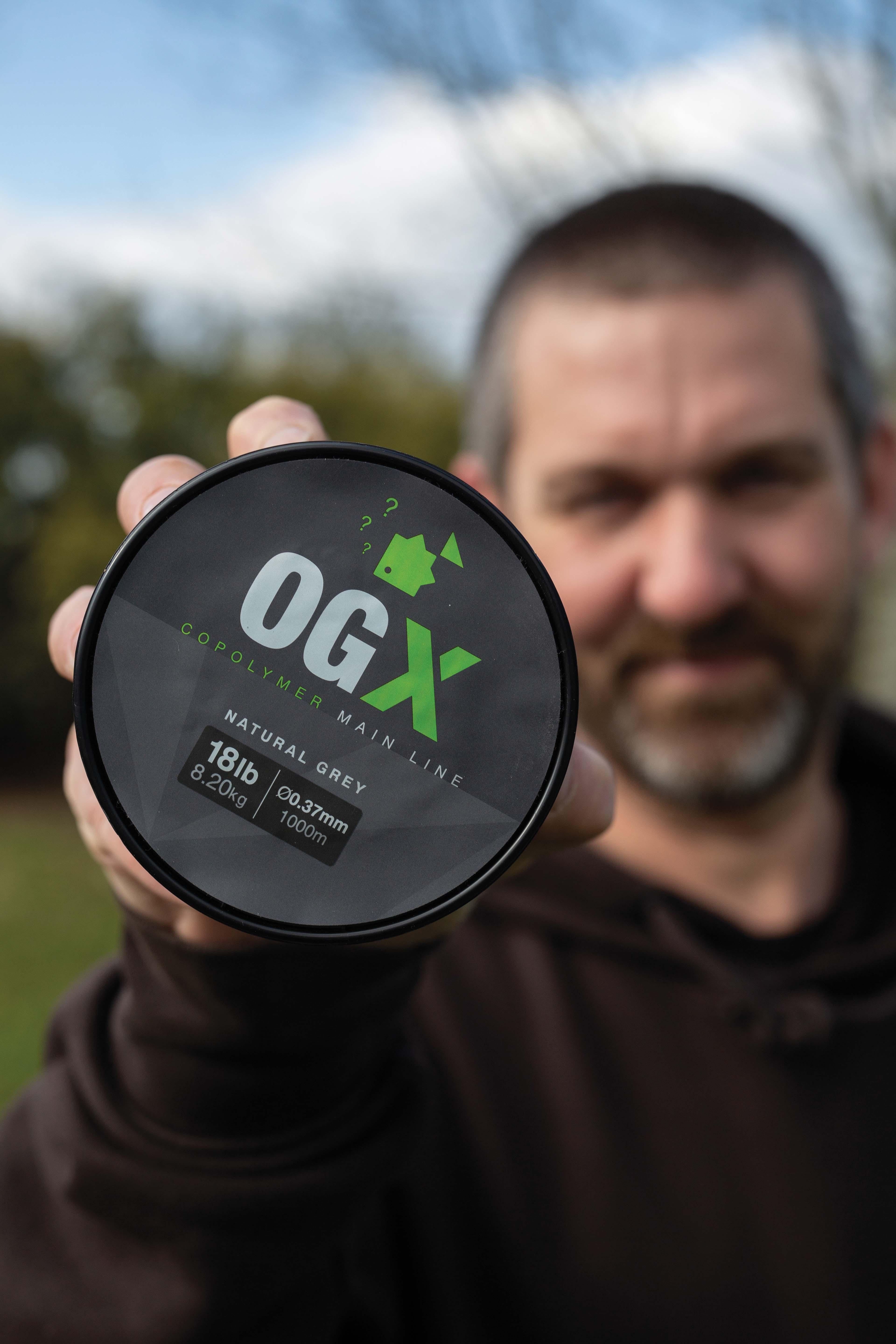
Lewis Read
“Carrying a selection of spools so that I always have the right main line for the job is critical. We all have our favourite—whether that’s mono, braid or fluorocarbon—but there are times when you need the braid, other occasions when using fluorocarbon main line will get you more bites (something I’m a vehement believer in) or others still where a good mono like OGX is the right choice. The bottom line is, if you don’t have the selection, you can’t fish as effectively, or safely as you could be.”
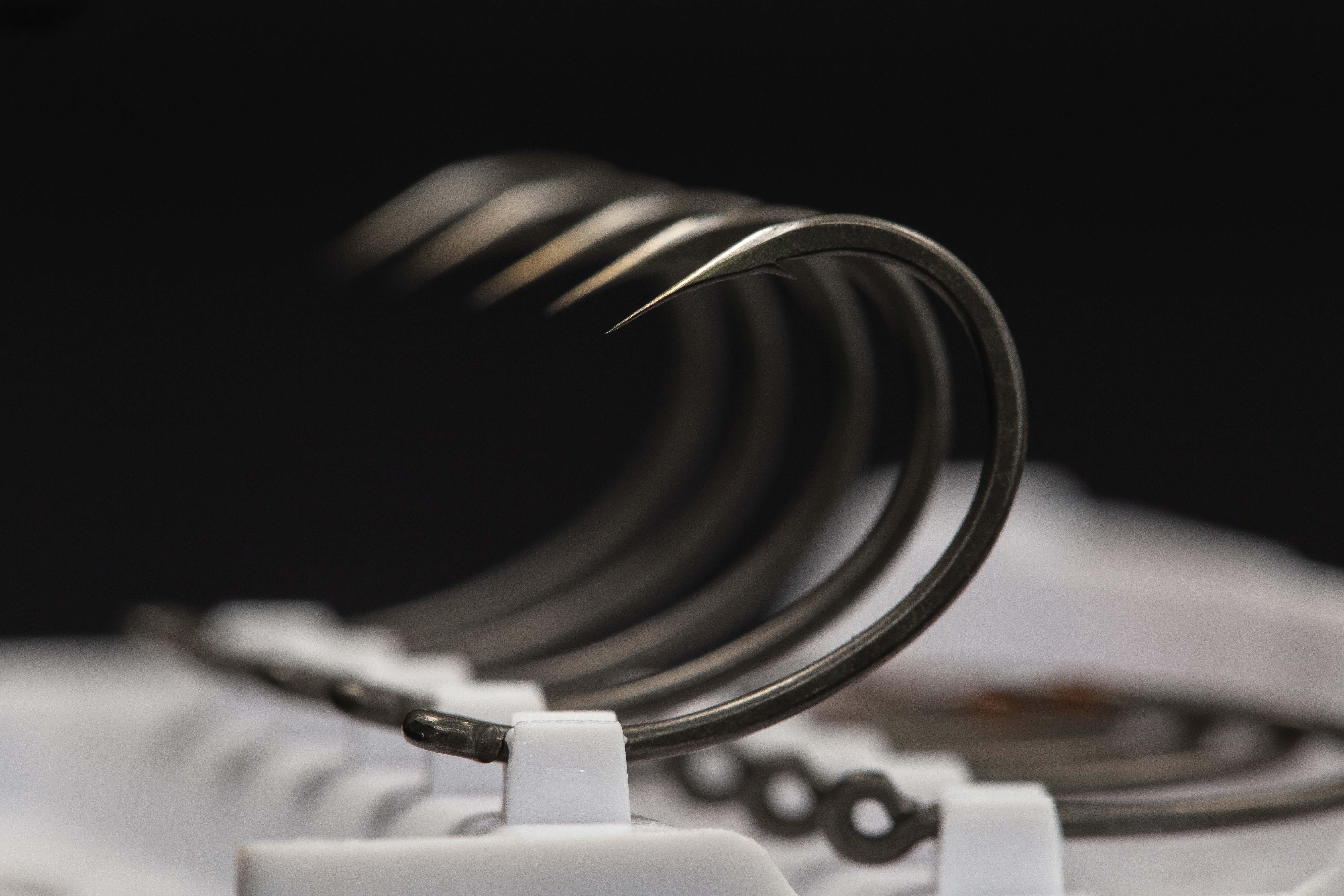
Joe Morgan
“To me, the main edge for us all is to have the sharpest possible hook you can use in the situation. I use Kamakuras for most of my fishing, but if fishing over rough ground, I sharpen them myself so that the tip of the point retains more strength and is less likely to be damaged by gravel, mussels etc.”
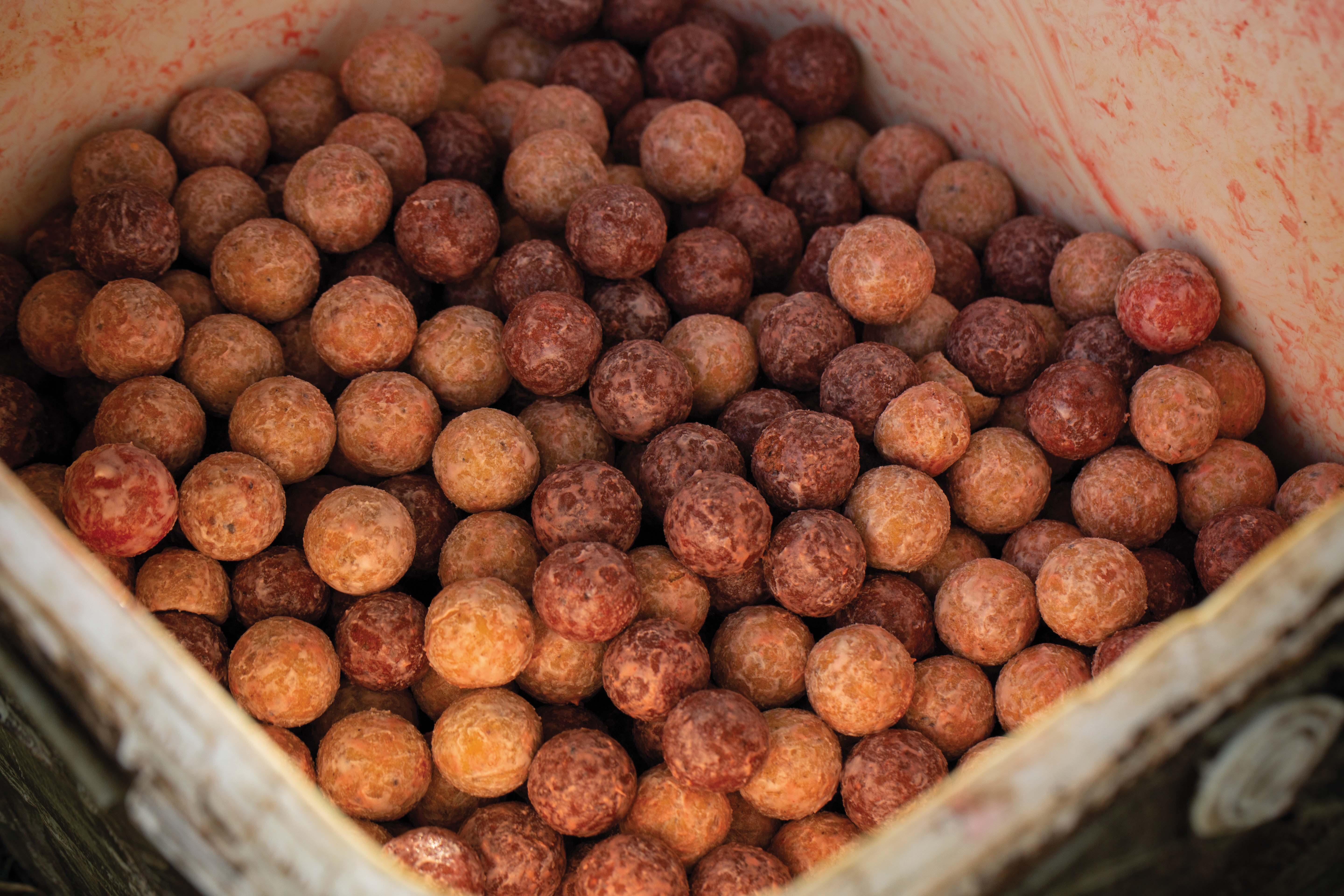
John Kneebone
“In recent times, the biggest ‘extra’ within my angling has come from using the Smart Liquids. There’s simply not enough space here to explain all the times it’s clearly made a massive difference for me, but the main, overall thing is being able to have a food-source signal far greater than the amount of food i.e. boilies and bait you’re applying. This removes a lot of doubt when you’re unsure how much bait is needed—you can lean towards a lighter approach to start with, knowing the attraction and pulling power of your tactics are not!”
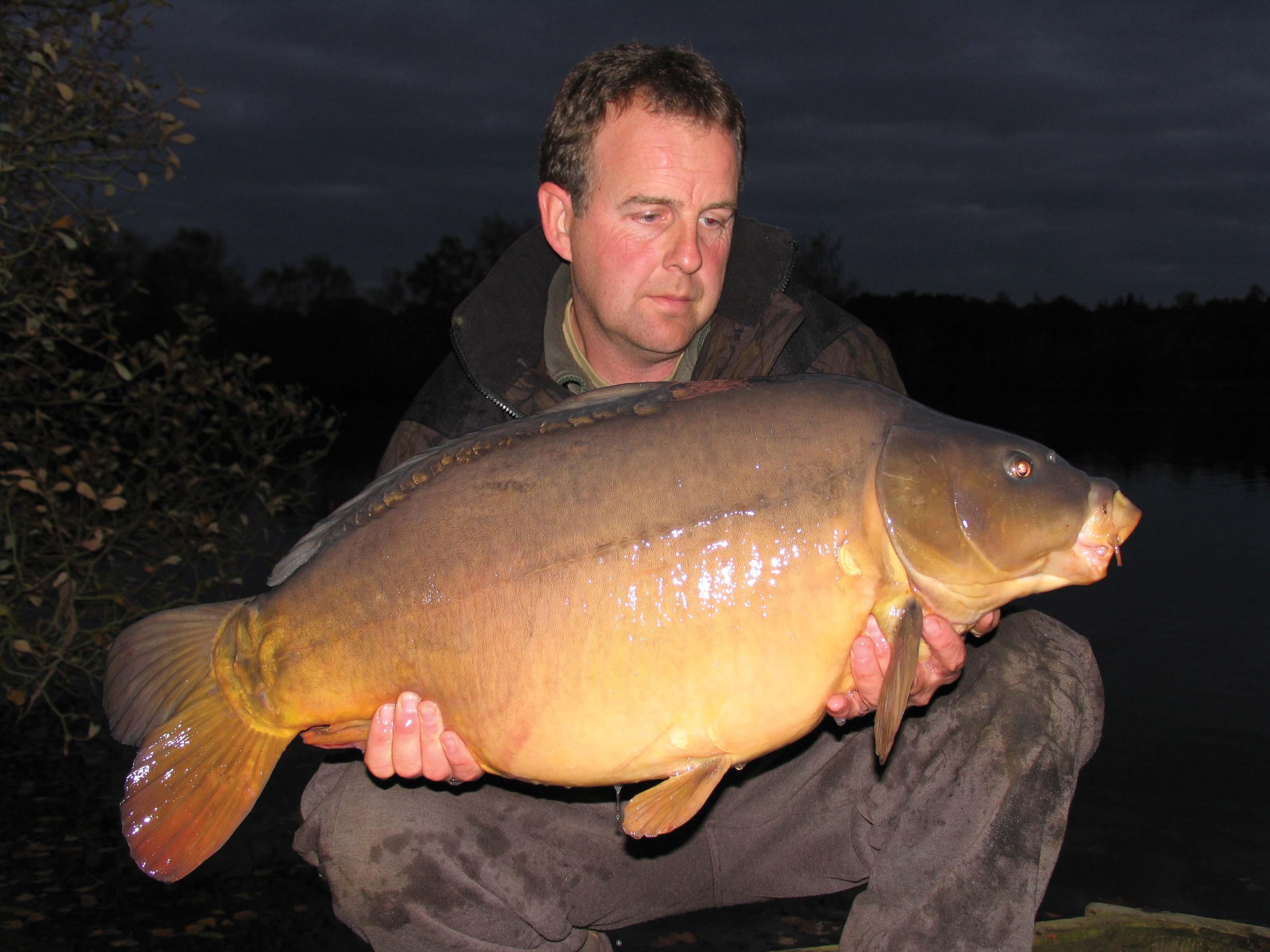
Mike Willmott
“One thing that always concerns me is foreign smells tainting your bait. For example, stopping off for fuel on your journey and getting deposits of petrol or diesel on your fingers and transporting this to your bait whilst on the bank. Carp can detect the tiniest of molecules, which in turn could be volatile, so I always make sure to wash my hands in the lake water as thoroughly as possible prior to tying on hookbaits or baiting up.”
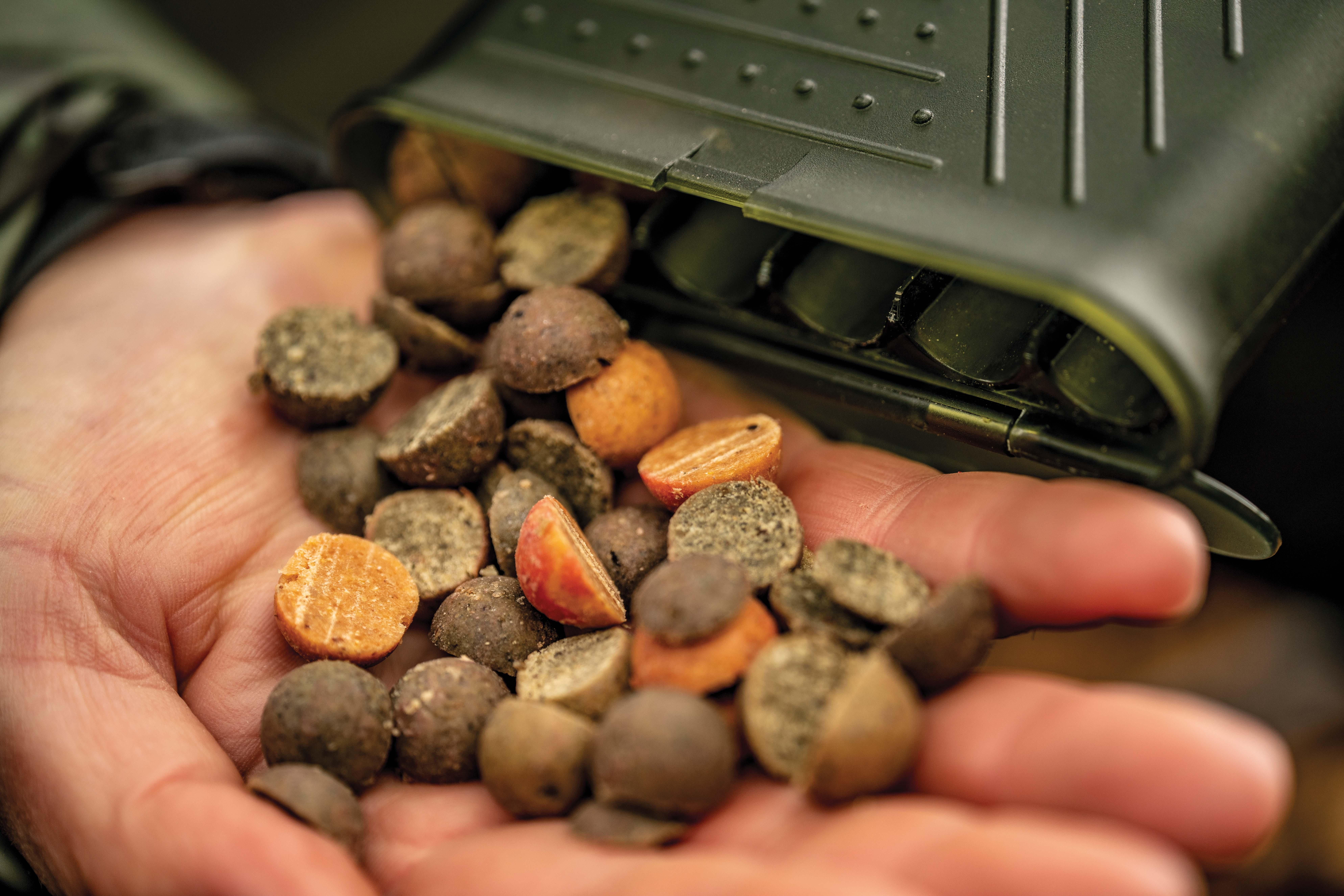
Arron Copp
“With lakes banning nuts and restricting the use of naturals, I have fished many pressured venues in recent times where boilies dominate. Something as innocuous as breaking your baits in half by hand might not seem like a big deal, but my results over the years have shown carp prefer smaller food items—i.e., for just a tiny amount of effort, you are increasing the attraction of your bait.”
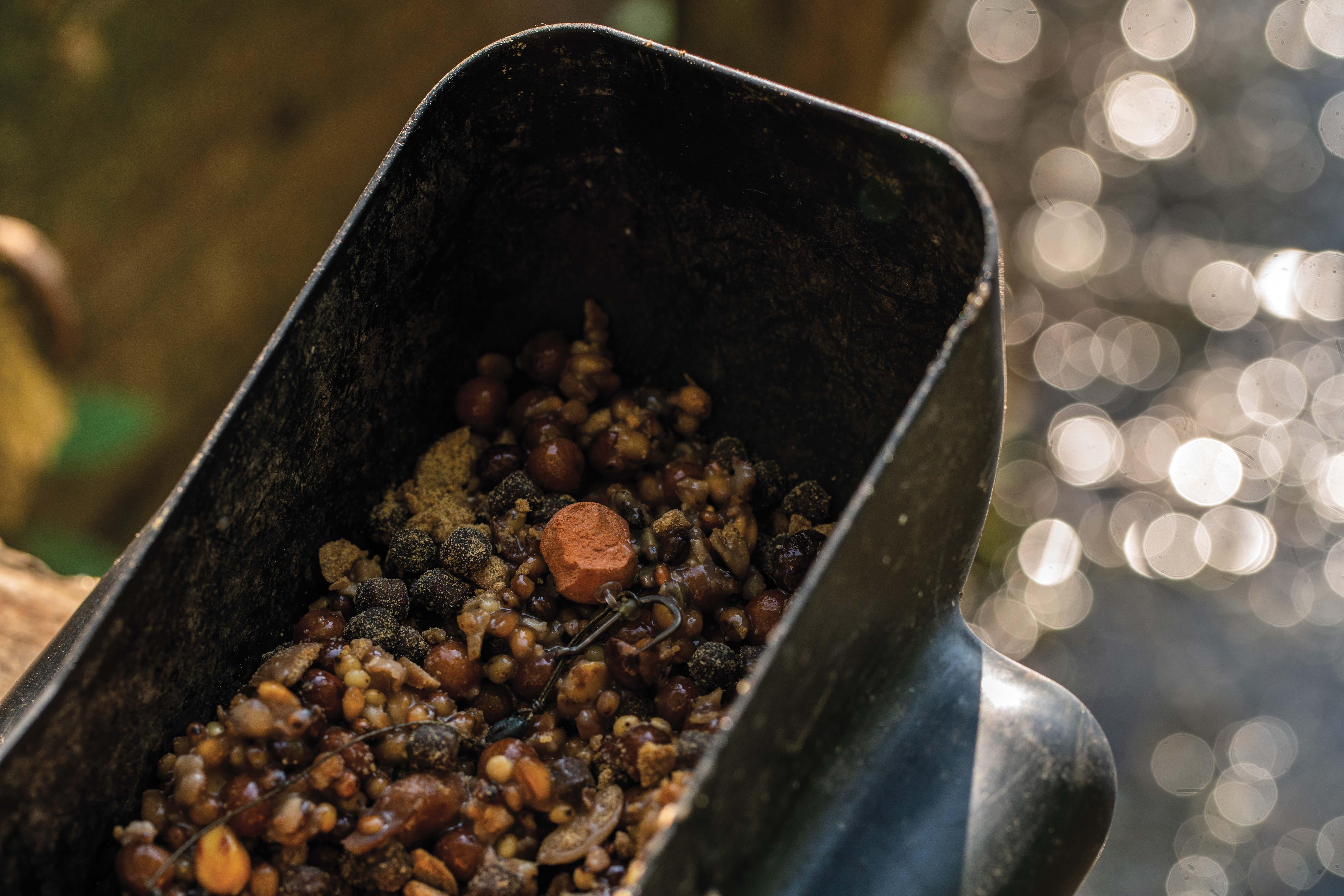
Oli Davies
“One thing I do that is different to many I see is often I do not have a ‘bait mix’—i.e. all the ingredients pre-mixed together in a bucket. This is because each situation is different, particularly when dropping with the baiting pole, and I like to tailor what I put in there each drop. I tend to carry my flake, particle and pellet separately and add, or omit, them to the trap as I see fit at the time.”
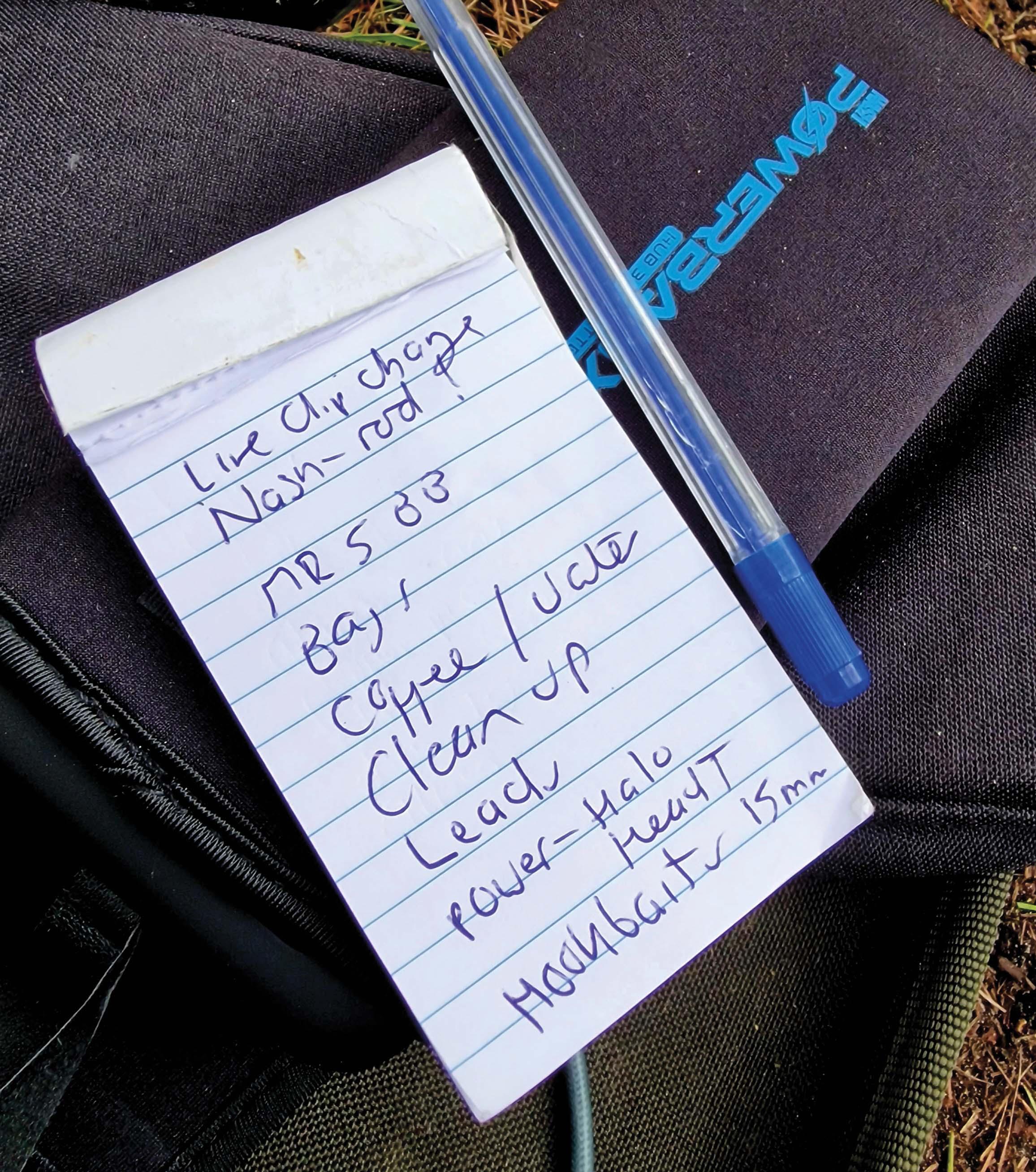
Julian Cundiff
“When I fished with Andy Little in the late eighties, I first ‘twigged’ how small percentage improvements can add up, BUT my tip is probably a little different to others. I always have a small paper pad and pen with me on the bank, and whenever anything comes to mind, I write it down. That way, I never forget things, turn up unprepared, run out of anything or miss out on thoughts that go through my mind on the bank.”



